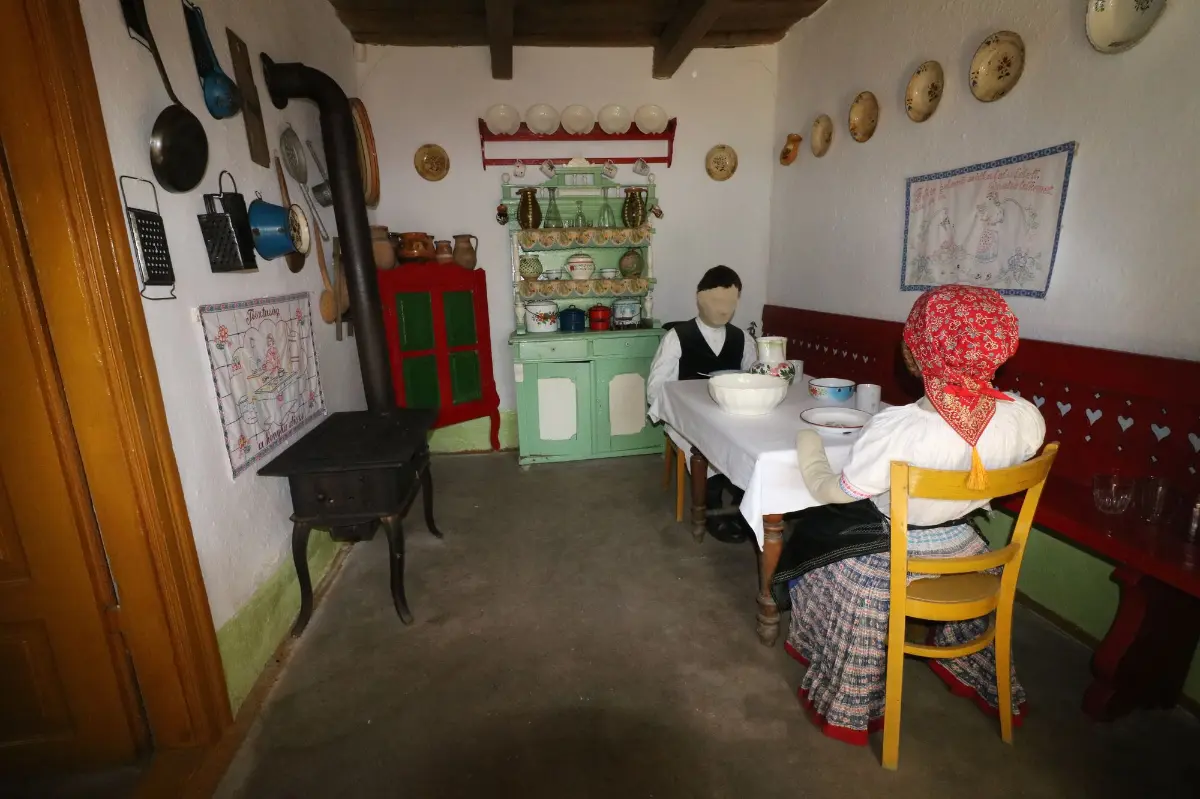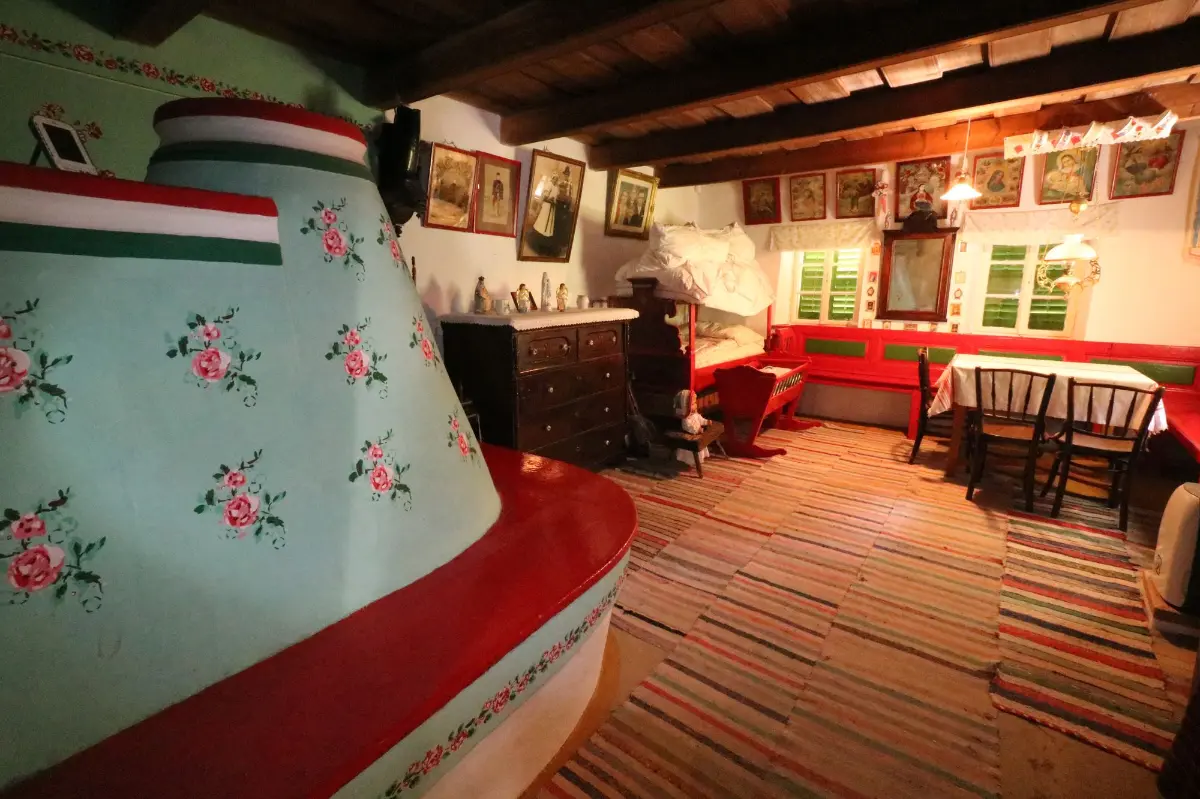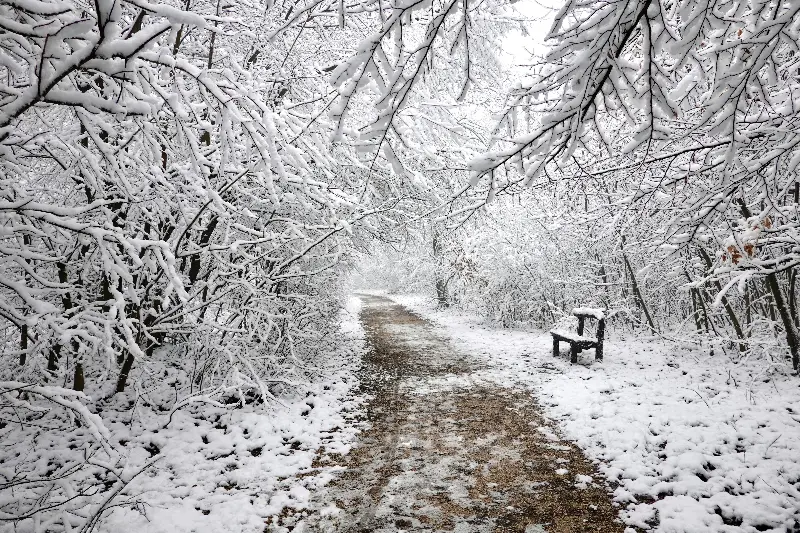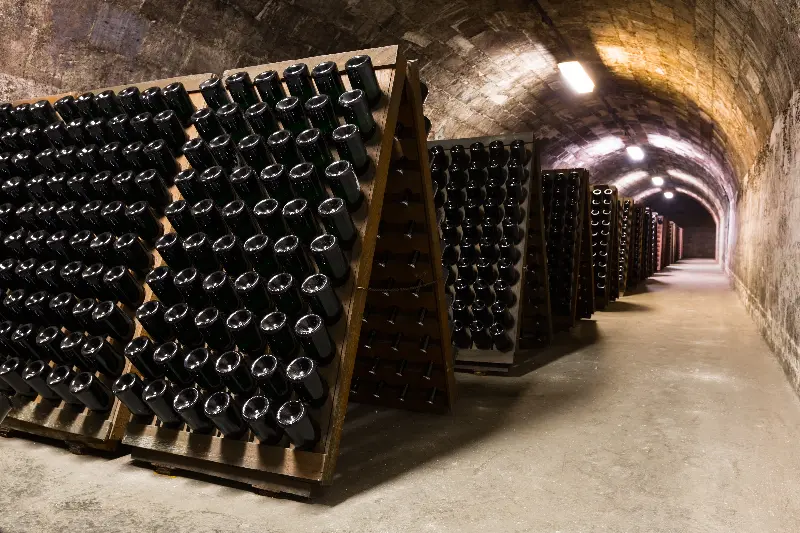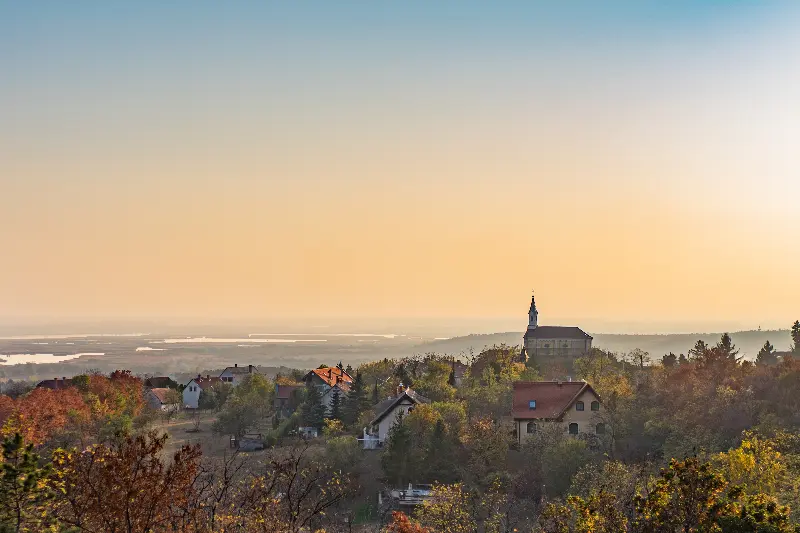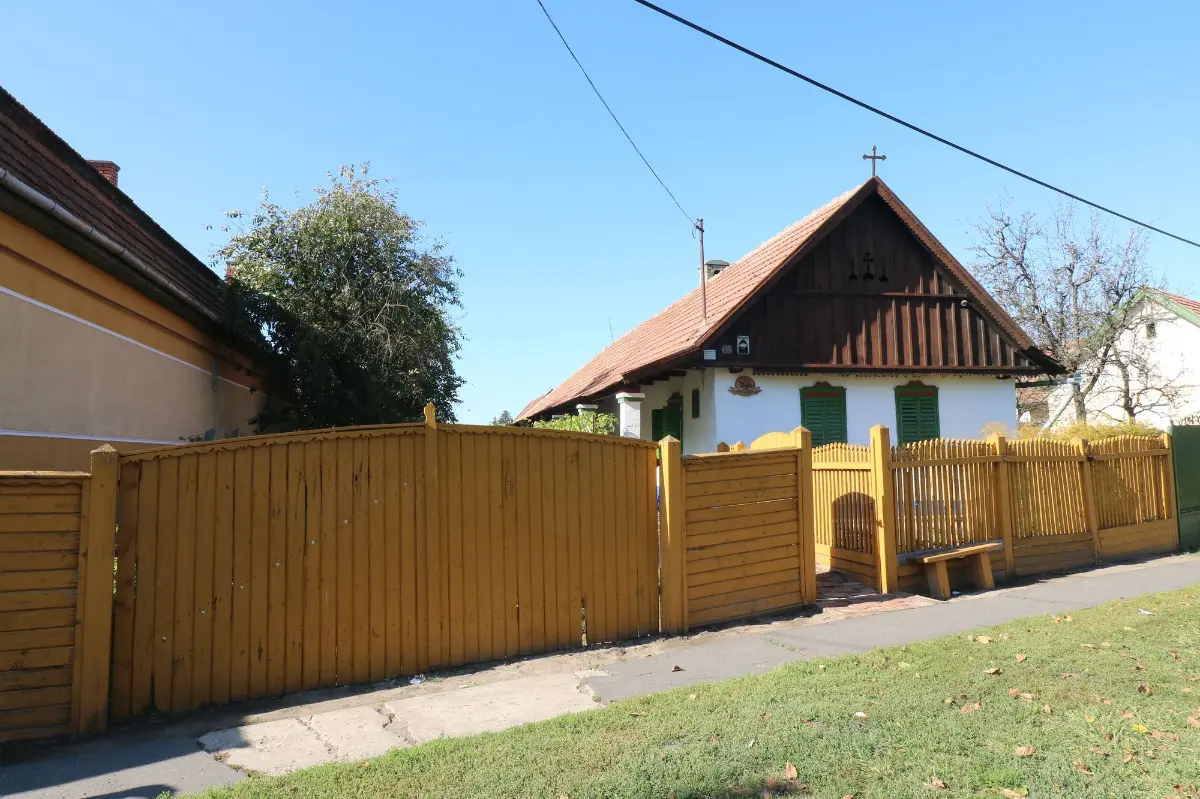
Helyszín címkék:
A place where everyone is happy: country houses of Hatvan
Bóday Csilla
Why is Boldog so happy?
The burden of double taxation already afflicted peasants living at the time of the Battle of Mohács. On one hand, they had to pay tax to the landlords and on the other hand, to the Ottomans. Legend has it that during the Ottoman attack in 1552, the future population of Boldog headed north at the call of judge István Bonta. They tried to escape the Ottoman menace, and the swampy island between the rivers Zagyva and Galga seemed like an ideal place as they thought the Ottomans certainly would not follow them there. The judge stabbed his stick in the ground at this place, marking his territory, and announced: “We are going to be happy here!” – this is why the village got the name “Boldog” and happily bears it to this day.
Nomen est omen
Although between 324 and 337 Sarmatians built here the basis of the Csörsz trench connecting the rivers Danube and Tisza, and it is first mentioned in 1395, the village’s history only dates back to the 1500s. Yet as the judge’s words have been persisted over the decades, the inhabitants of Boldog decided to honour them. Upon arriving in the village, one sees neat streets and houses, friendly and welcoming inhabitants. Perhaps this is only by accident, or due to some other reason, yet can’t help noticing that everything the local people deal with in this village seems to be nice, enduring and provides happiness to their makers. This includes embroidery – the famous folk costumes ornamented with white embroidery of Boldog can be seen at the Feast of the Sacred Heart in the early summer. People living here love folk music and folk dancing and keep alive all the inherited traditions. The Kaláris folk dance ensemble and the men’s choir and women’s choir of Boldog bear witness to this claim. Their tangible heritage accumulated over time is preserved at the country house, which deservedly earned the title of “Country house of the year” fifteen years ago.
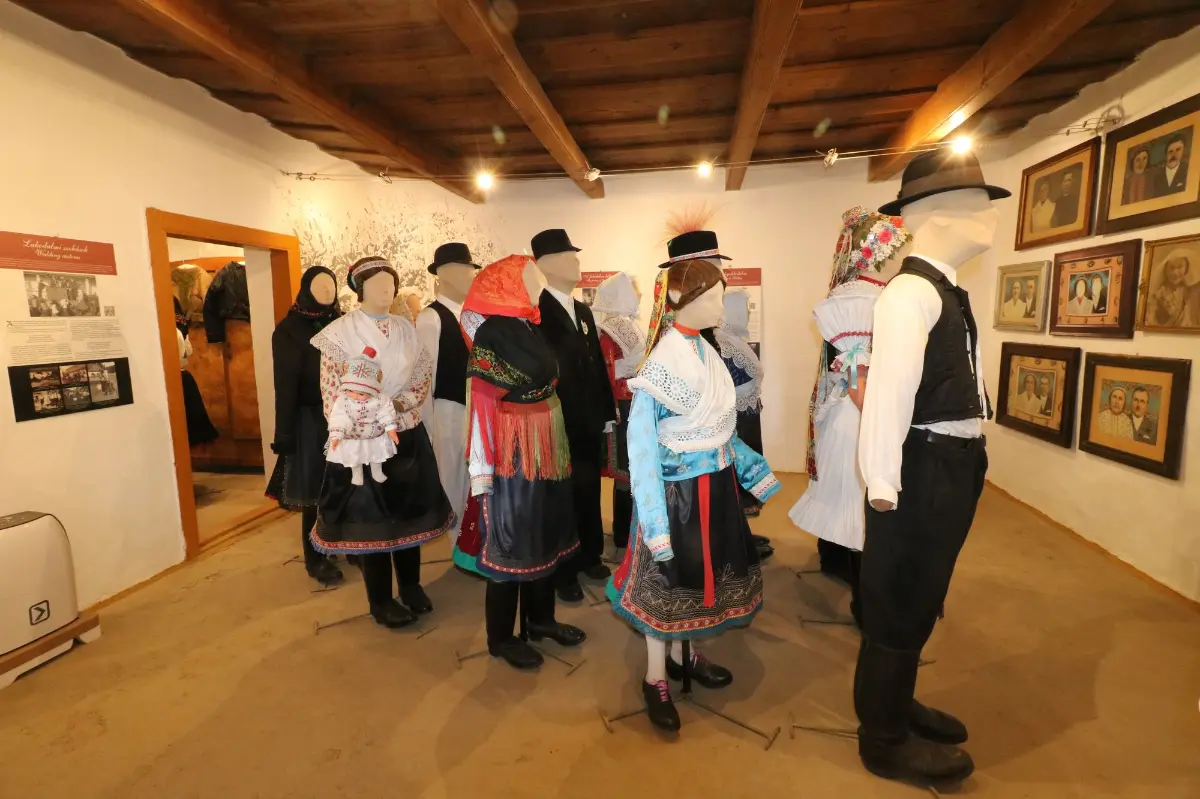
The country house of Boldog
Due to the recent infrastructural developments, the country house has undergone significant changes. The renewed exhibition meets the criteria of a 21st century museum as it consists of interiors including modern elements and thematic units. Visitors may choose from two permanent exhibitions. One of them presents the ethnographic photographs of László Kunkovács Kossuth and award-winning photographer and ethnophotographer Rudolf Balogh; the other is a renewed costume exhibition. The exhibition previously dubbed “Cradle to Grave” is currently entitled “and they lived in Boldog” (Hungarian pun with the phrase “they lived happily ever after”), presenting the festive outfits of Boldog at a wedding procession. The country house of Boldog awarded the title “Country house of the year” in 2017 offers many interesting attractions in addition to the exhibitions. Organizers spice up the presentation of the popular seasonal traditions with folk dance performances and folk song teaching. Visitors can also prepare and sample the traditional pastries of Boldog.
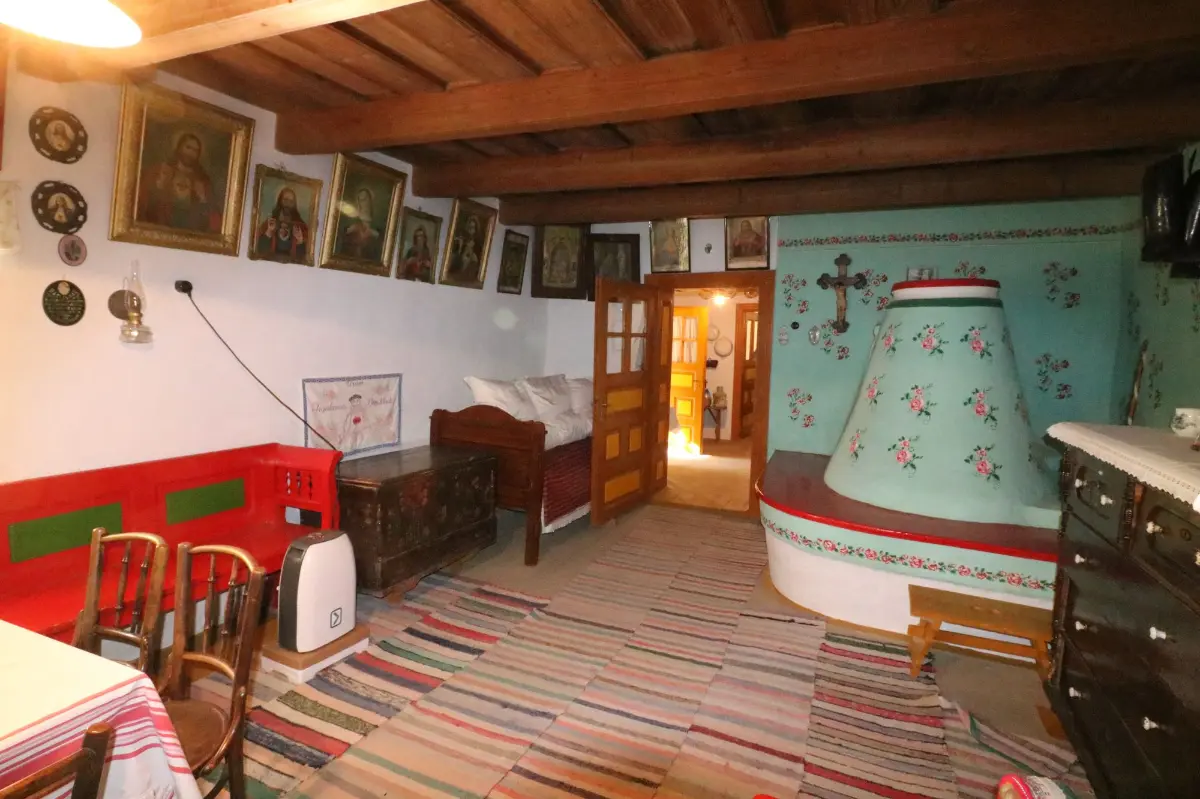
The great rose of Boldog
Perhaps it’s no exaggeration to say that one of the most beautiful and unique pastries in Hungary is the great rose of Boldog. A long time ago, the women of Boldog used to celebrate the arrival of a new-born baby with this particularly beautiful pastry, made with great care and skill. Today it is prepared for weddings, birthdays, wedding anniversaries, baptisms and all kinds of family celebrations. This special pastry is actually a special kind of donut. The original version was decorated solely with icing sugar, but today it is prepared with various fillings. Only experienced housewives should try preparing the great rose of Boldog, as its preparation requires special expertise, which even some of the women of Boldog have been unable to master. For example, it’s important to first choose the right casting dish (this was previously made of cast iron, yet today they use metal sheets). In terms of the end result, great care must be taken to make a thin, light and crispy dough – which is actually a combination of a donut and wafer dough. Finally, this is complemented by skilful decoration. It’s not easy, but still worth trying!

